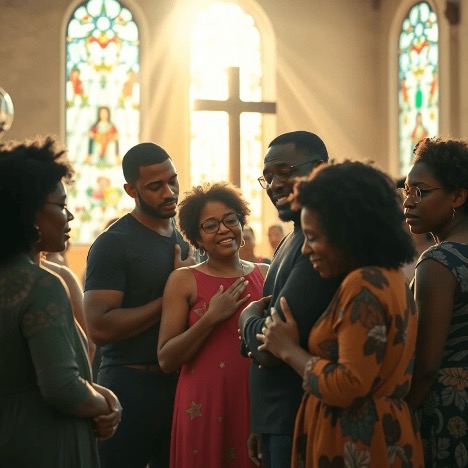No matter how heavy our burdens become, we can find strength and hope in God’s promises. As Black Christians, we often bear the burdens of systemic injustices and personal trials. Our journey is often marked not only by struggle, but also by the weight of our history. Let us be empowered to carry our faith into a world that desperately needs the light of Christ. By faith, we can navigate the complexities of our lives if we patiently hold onto hope.
Scripture: Isaiah 40:29-31: “He gives strength to the weary and increases the power of the weak. Even youths grow tired and weary, and young men stumble and fall; but those who hope in the Lord will renew their strength.”
Gracious God,
Help us to place our hope in You, knowing that You will lift us up in our struggles and empower us to persevere. As we navigate the complexities of our lives, let us be beacons of Your light, bringing hope to a world in need.
In Jesus’ name, we pray. Amen.




